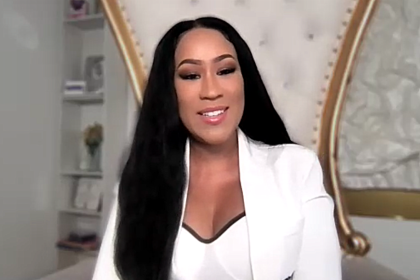Debt can feel like a heavy burden, weighing you down and hindering your financial goals. While unexpected expenses can sometimes lead to debt, more often, it’s our spending habits and emotional triggers that cause us to overspend and accumulate debt. The first step to getting out of debt is understanding these triggers.
Why Do We Fall Prey to Financial Triggers?
Financial triggers can be emotional responses to stress, boredom, or even happiness. They can lead us to make impulsive spending decisions that derail our budget and contribute to debt. Here are some common financial triggers:
-
Stress Shopping: Many people use shopping as a coping mechanism for stress. The temporary pleasure of buying something new can provide a short-lived escape from worry, but it often leads to feelings of guilt and regret later.
-
Retail Therapy: Similar to stress shopping, retail therapy involves buying things to improve your mood. However, this approach to happiness needs to be revised and can quickly lead to financial trouble.
-
Boredom: When bored, you might be more likely to browse online stores or head to the mall, increasing the temptation to make impulse purchases.
-
Social Pressure: Keeping up with the Joneses can be a significant financial trigger. The desire to have the latest gadgets, clothes, or experiences can pressure you to spend beyond your means.
-
Celebratory Spending: While celebrating achievements is essential, it’s easy to get caught up in the moment and overspend on meals, drinks, or gifts.
Identifying Your Financial Triggers
Understanding your financial triggers is crucial for taking control of your spending and managing your debt. Here are some tips to help you identify yours:
-
Track Your Spending: Keeping a detailed record of your expenses for a month can reveal patterns in your spending behavior. Look for times when your spending increases significantly and try to identify the emotional state or situation that triggered it.
-
Reflect on Purchases: After making a purchase, especially a large one, take a moment to reflect on your motivations. Did you buy it out of need or want? Was there an emotional trigger involved?
-
Be Honest with Yourself: Identifying your triggers can be uncomfortable, but honesty is vital. Acknowledge your emotional spending patterns and be willing to address them.
Strategies to Overcome Financial Triggers
Once you’ve identified your financial triggers, you can develop strategies to overcome them. Here are some helpful tips:
-
Develop Healthy Coping Mechanisms: Find healthy ways to manage stress, boredom, or other emotions that trigger your spending. Exercise, spending time with loved ones, or pursuing hobbies can be effective alternatives to shopping.
-
Create a Budget and Stick to It: A clear budget helps you track your income and expenses and ensures you’re not spending more than you earn. Prioritize your essential costs and allocate funds for savings and debt repayment.
-
Unsubscribe from Temptations: Retail emails and social media can bombard you with marketing messages that trigger spending. To reduce temptation, unsubscribe from marketing emails and consider taking breaks from social media.
-
Plan Activities that Don’t Involve Spending: Fill your free time with activities that don’t require spending money. Explore free or low-cost activities in your community, such as visiting parks and museums with free admission days or attending local events.
-
Find a Support System: Talk to a trusted friend, family member, or financial advisor about your debt and desire to change your spending habits. Having a support system can keep you motivated and accountable.
Breaking the Cycle of Debt and Building a Secure Financial Future
By identifying your financial triggers and developing strategies to overcome them, you can break the cycle of emotional spending and take control of your finances. Remember, getting out of debt takes time and commitment. Be patient with yourself, celebrate your progress, and don’t be discouraged by setbacks. You can conquer debt and build a secure financial futurewith consistent effort and the right approach.
This story was created using AI technology.

















